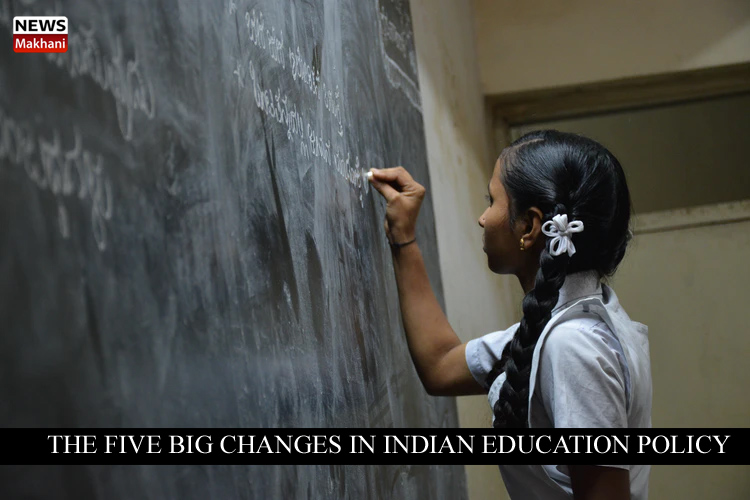The old education system of India had several problems and was partial in several fields. An urgent need to change the system of education among the midst of a pandemic around the whole world. It could be considered as one good thing India has experienced since the beginning of the Corona situation. The New Education Policy or NEPof 2020 has been approved by the cabinet and has introduced several changes in higher education and the profession of teaching. Here are the things which have changed:
1. Schooling To Begin At The Age Of Three: Earlier a child was not admitted in school until he or she was at least 4 years of age. This has changed now and the education would start at 3 and would continue till the age of 18. It would also include three years or pre- schooling. The old 10+2 structure would be replaced by 5+3+3+4.
2. Hindi As The Medium Of Instruction: Since the advent of British the English language has been so popularised that we have forgot our mother tongue. The government has finally made it mandatory for education to be carried out in our mother tongue. However, this is not mandatory but still preferred by the government.
3. Common Entrance Test: Like the present times when separate exams are conducted for several courses in higher education the government has narrowed it down to one common exam which would be quite beneficial for the students.
4. End To The Era Of Streams: There would be no longer divisions of streams and students would be free to choose the subjects they like.
5. Flexible Graduation Process: The graduation would be a total of 4 years but students would have a flexible option of dropping out of a course after 1,2,o 3 years and would be provided degree for the same.

 हिंदी
हिंदी






